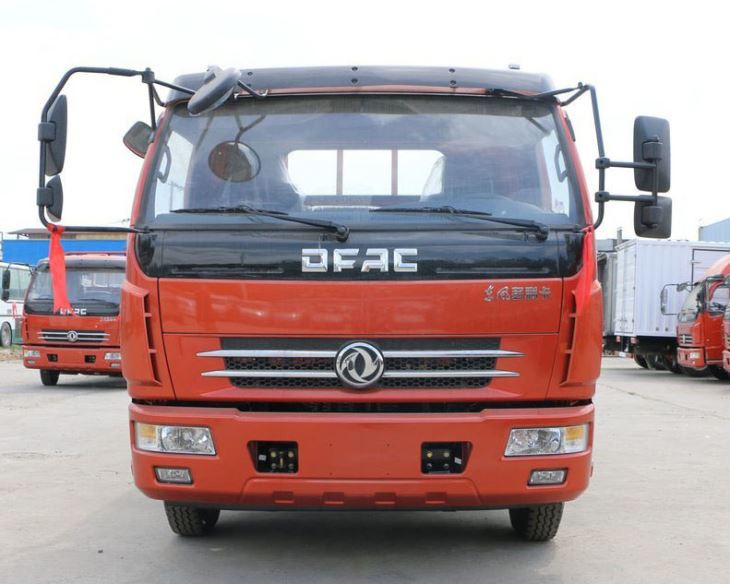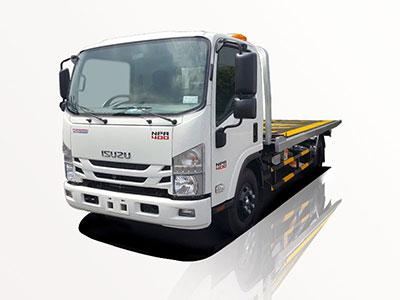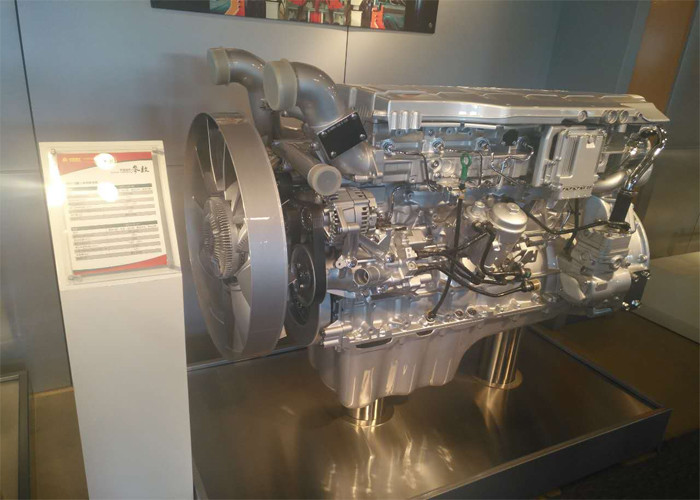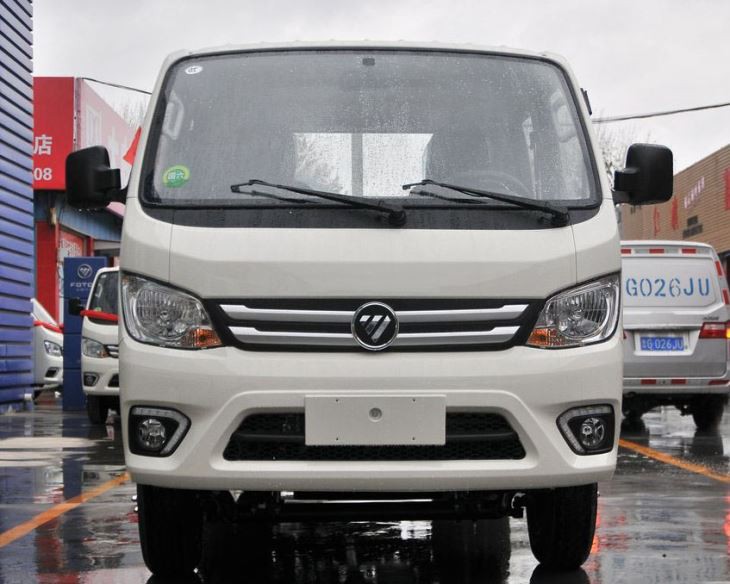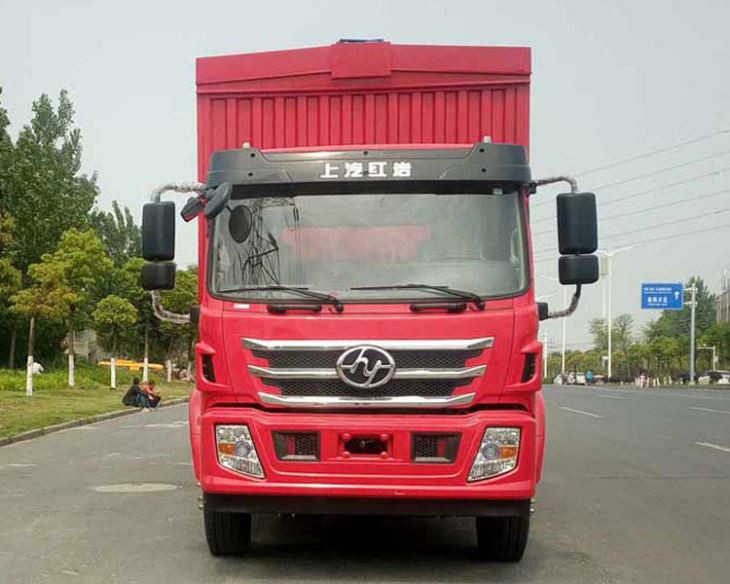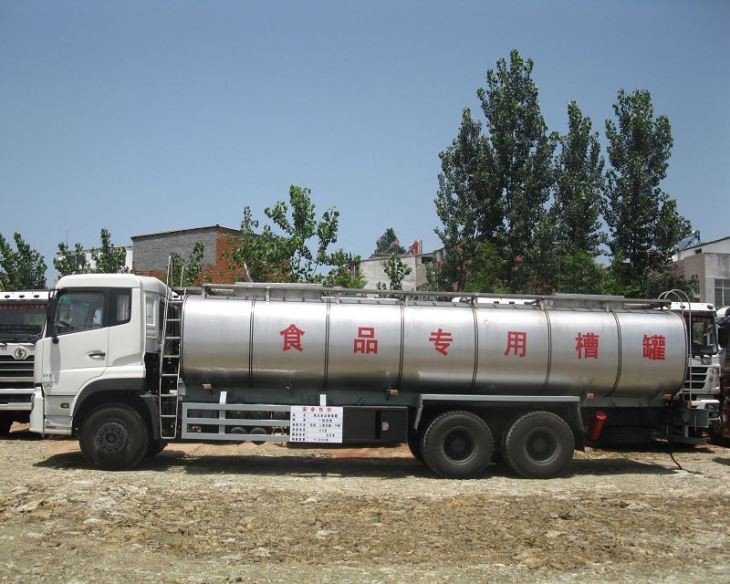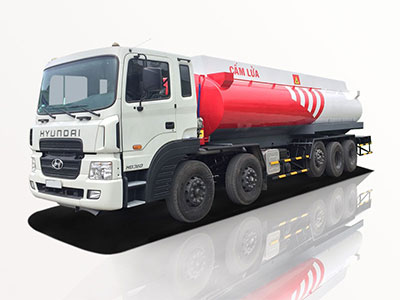Airfield fire trucks play a crucial role in maintaining safety at airports and ensuring the effective response to fires involving aircraft. With unique specifications, these vehicles are designed to address the potential hazards associated with aviation operations. This article delves into the features, classifications, operational strategies, and essential maintenance practices related to airfield fire trucks.
What is an Airfield Fire Truck?
An airfield fire truck is a specialized vehicle designed for firefighting and rescue operations at airports. These trucks are equipped with various features tailored to combat aircraft fires and rescue passengers in emergency situations. Their design includes enhanced water and foam delivery capabilities, high mobility on diverse terrains, and advanced communication systems.
Key Features of Airfield Fire Trucks
- High Water Capacity: Capable of carrying large volumes of water and foam to douse fires quickly.
- Off-Road Capability: Designed for maneuverability on airport runways and taxiways.
- Powerful Pumps: Equipped with high-capacity pumps to facilitate rapid water and foam delivery.
- Advanced Firefighting Agents: Utilize specialized firefighting foams that extinguish fuel fires effectively.
- Rescue Features: Tools and compartments for quick access to rescue equipment and medical supplies.
The Types of Airfield Fire Trucks
Airfield fire trucks can be classified based on their design and operational purpose. Understanding the types helps in selecting the right vehicle for specific airport needs.
ARFF Vehicles (Aircraft Rescue and Firefighting)
ARFF vehicles are specifically designed for combating aircraft fires, providing rapid response capabilities. These trucks can vary in size and capacity.
Key ARFF Models
| Model | Water Capacity (Gallons) | Foam Capacity (Gallons) | Engine Power (HP) |
|---|---|---|---|
| Oshkosh Striker 6×6 | 3,000 | 500 | 600 |
| Rosenbauer Panther | 2,640 | 400 | 800 |
| Magirus MP Fire Truck | 2,200 | 280 | 450 |
Other Firefighting Vehicles
Beyond ARFF vehicles, airports may utilize other types of fire trucks and emergency vehicles, including:
- Water Tender: Used for transporting large amounts of water to firefighting sites.
- Rapid Intervention Vehicle (RIV): A lightweight vehicle aimed at swift response to minor incidents.
- Rescue Ambulance: Provides immediate medical assistance in emergencies.
Operational Strategies for Airfield Fire Trucks
Effective deployment and operation of airfield fire trucks are essential for ensuring airport safety. The following strategies are key to their successful operation:
Training and Qualifications
Firefighters operating airfield fire trucks must undergo rigorous training. This includes specialized courses on:
- Aircraft firefighting techniques
- Hazardous materials handling
- Rescue operation protocols
- Use of fire suppression systems
Regular Drills and Simulations
Conducting regular drills and simulations helps firefighters prepare for real-life emergencies. Airports should schedule:
- Annual live fire training
- Simulated crash scenarios
- Collaboration drills with other emergency services
Response Time Optimization
Meeting response time targets is critical for minimizing fire-related damage. Optimization can be achieved by:
- Strategically locating fire stations on-site
- Maintaining clear access routes
- Utilizing real-time communication systems for efficient alerts
Maintenance of Airfield Fire Trucks
Regular maintenance of airfield fire trucks ensures their readiness and reliability. Key maintenance areas include:
Daily Pre-Operational Checks
Firefighters should perform daily checks, including:
- Fluid levels (oil, coolant, water)
- Equipment functionality (hoses, pumps, tools)
- Vehicle cleanliness
Scheduled Maintenance Routines
Scheduled maintenance involves comprehensive inspections at predetermined intervals. This can include:
- Tire rotations and checks
- Brake system inspections
- Electrical system evaluations
- Foam delivery system maintenance
Long-Term Care and Upgrades
Airfield fire trucks may require upgrades over time. Evaluating advanced technologies, such as:
- Improved communication systems
- Automatic foam dispensing systems
- Enhanced navigation systems for emergency response
Importance of Technology in Airfield Fire Trucks
Advancements in technology have significantly impacted airfield fire trucks, enhancing their effectiveness in emergency response:
Fire Suppression Technology
Modern airfield fire trucks may incorporate innovative fire suppression technologies, such as:
- Compressed Air Foam Systems (CAFS)
- Water mist systems for reducing thermal radiation
- Advanced nozzle designs for better coverage
Communication and Coordination Technology
Ensuring effective coordination during emergencies is crucial. Technological solutions include:
- Real-time GPS tracking for rapid response
- Dedicated radio systems for clear communication
- Incident management software for task assignments
The Environmental Impact of Airfield Fire Trucks
As awareness of environmental concerns grows, airfield fire trucks are being designed with eco-friendly technologies:
Eco-Friendly Firefighting Agents
Transitioning to biodegradable firefighting foams minimizes ecological damage. This includes:
- Class B foams made with renewable resources
- Foam agents with lower toxicity levels
Fuel Efficiency Improvement
Investing in fuel-efficient vehicles helps reduce overall emissions. Strategies include:
- Utilizing hybrid or electric fire trucks
- Implementing driver training for fuel-efficient driving practices
Real-World Examples of Airfield Fire Truck Usage
Understanding the practical applications of airfield fire trucks can illuminate their significance in emergencies:
Successful Fire Suppression Cases
Throughout aviation history, airfield fire trucks have successfully managed numerous incidents. Some noted examples include:
- Fire suppression during aircraft landings resulting in zero casualties.
- Quick response to fuel spills, preventing potential fires.
Emergency Evacuations
In critical situations, airfield fire trucks have facilitated the rapid evacuation of passengers. This includes:
- Rescue operations following aircraft incidents, where firefighters provide immediate support.
- Management of crowd control during emergencies.
Frequently Asked Questions
1. How fast can airfield fire trucks respond to a fire?
Most airfield fire trucks are designed to reach speeds of up to 70 mph, enabling quick response times typically within 3 minutes of an incident.
2. What types of foam are used in airfield fire trucks?
Airfield fire trucks often use AFFF (Aqueous Film Forming Foam) and AR-AFFF (Alcohol-Resistant Aqueous Film Forming Foam) due to their effectiveness against hydrocarbon fuel fires.
3. Do airfield fire trucks require special training for operators?
Yes, operators require specialized training in aircraft firefighting, hazardous materials, rescue techniques, and proper use of equipment.
4. How often should airfield fire trucks be inspected?
Daily pre-operational checks are essential, while comprehensive scheduled inspections should occur at least once every three months.
5. Can airports use standard fire trucks for aircraft emergencies?
While standard fire trucks can be used, they lack the specialized equipment and capabilities needed for effective aircraft firefighting, making ARFF vehicles preferred.
6. What role do airfield fire trucks play in overall airport safety?
Airfield fire trucks are integral in minimizing risks associated with aircraft operations, ensuring swift emergency response, and protecting lives and property.
